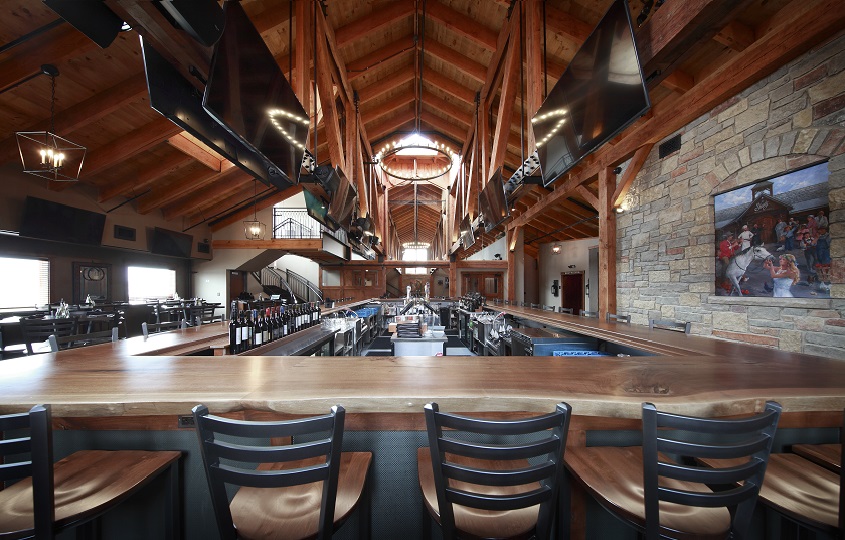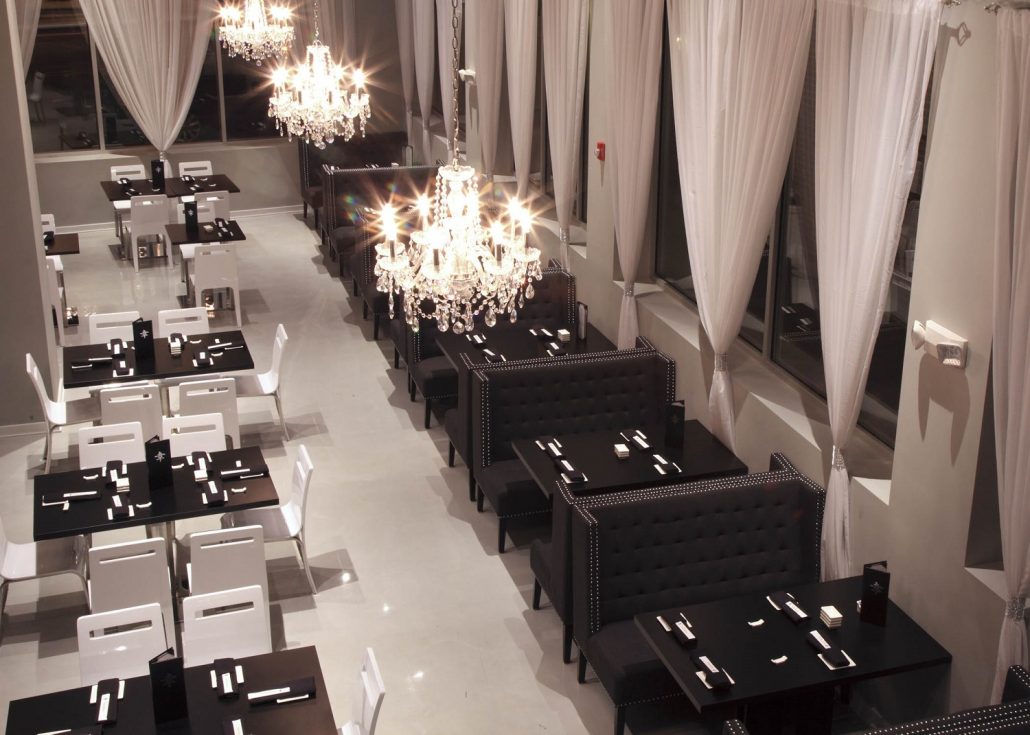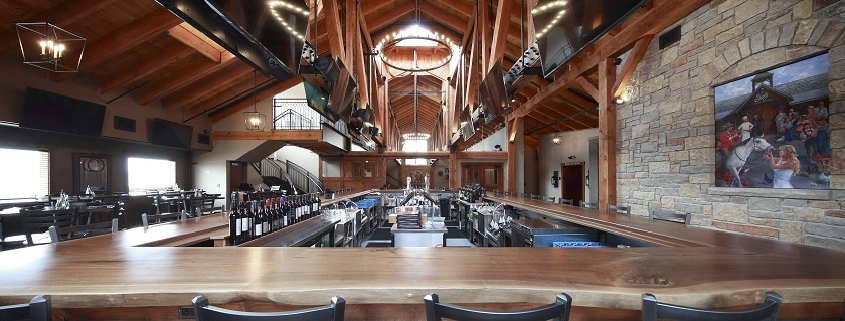5 Steps to Designing a Successful Restaurant Environment

Original Post 5.30.12 Updated 10.9.20
Successful restaurants provide great food and service in an attractive environment. Careful attention to detail when designing your restaurant environment will minimize maintenance costs, improve staff performance and recruitment, and increase customer satisfaction.
Here are 5 steps to minimize maintenance, staff costs, and improve customer perceptions of your restaurant environment:
- Make sure your spaces are organized and efficient. By creating a great layout that takes into account traffic patterns and the movement of people and food, you will make good use of space and staff resources and positively impact the customer experience.
- Spend more money up-front on quality, easy-to-clean surface materials such as stainless steel and porcelain or ceramic tile. Not only do they look great and last longer, they add to the perception of a healthy, well-run establishment.
- Install hands-free fixtures at sinks, toilets, and hand dryers to reduce the transfer of germs. These fixtures will save water and energy and reduce the need to wipe down fixtures frequently.
- Create door-free restroom entrances that maintain visual and audio privacy. The entrances ease the movement of patrons, eliminate door maintenance, and reduce the transfer of germs from door handles.
- Use quality tested equipment in your kitchen. Not only will your chef be thrilled, but the equipment will last longer, require less maintenance, and may offer more versatility than lower cost models.
Utilizing these strategies upfront in the design of your restaurant environment will reap rewards long after the grand opening of your new business.


 © The Photographic Artwork of Jacob T. VanVooren
© The Photographic Artwork of Jacob T. VanVooren
